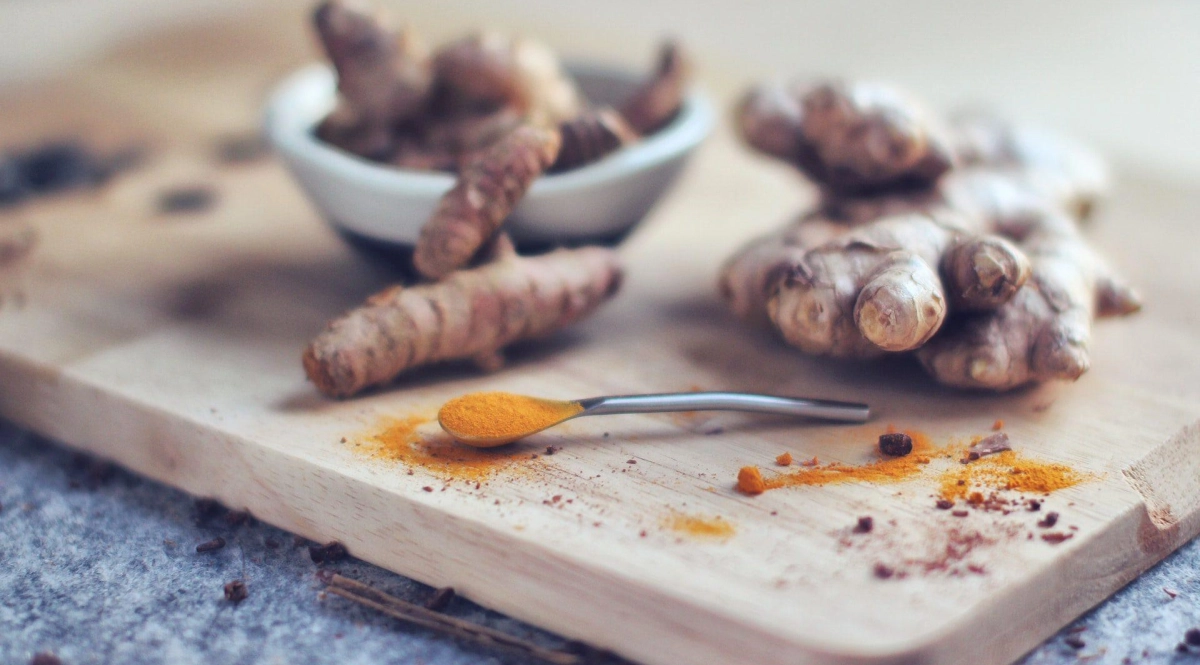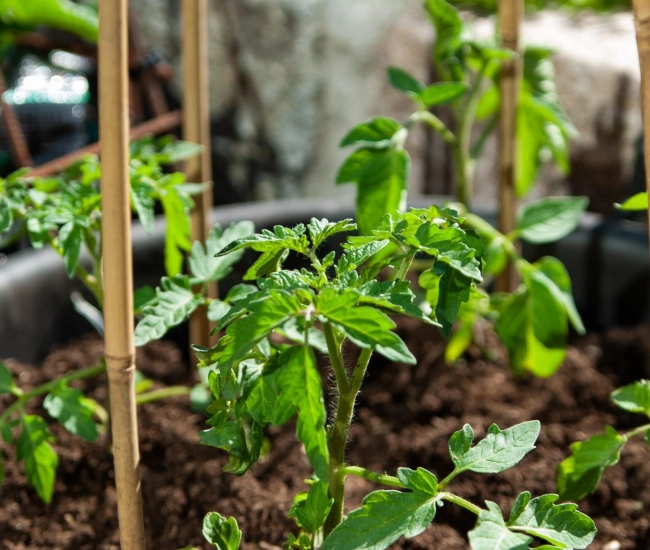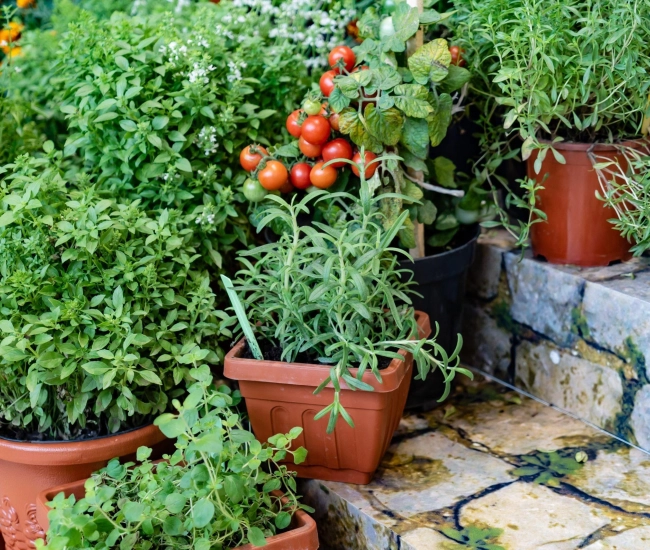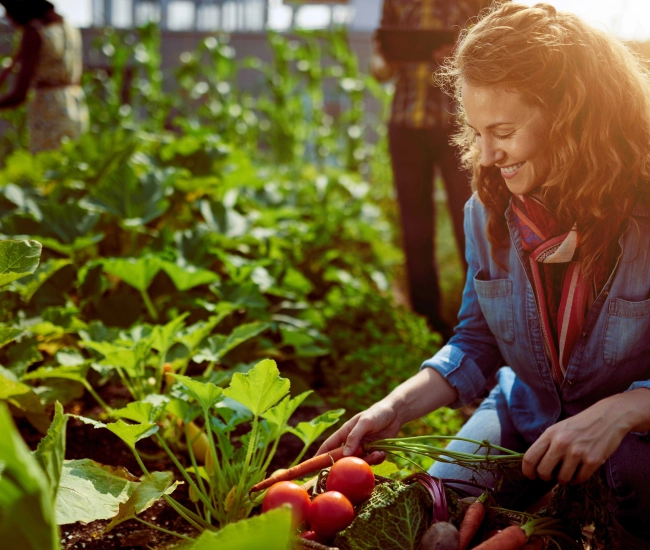
Ginger is a tropical spice widely used in world cuisine. Naturally, it grows in warmer countries and is imported here to be enjoyed both in winter and summer. We love ginger for its spicy yet fresh taste that adds flavor to various types of dishes. Best friends with curries and Asian stir-fries, it can also be added to desserts and vinaigrettes as well as infusions. Consumed for millennia to relieve colds, rheumatism, and nausea, ginger is an excellent antioxidant and a powerful anti-inflammatory. In short, we LOVE ginger! It is easily found in food markets, but did you know it is possible, and quite easy, to grow your own ginger at home? Here's how.
Growing Ginger
First, it is important to know that ginger is grown from the rhizome and not from seeds, much like potatoes. The eyes of the rhizomes, the small light-colored growths that appear on ginger, will sprout to create a plant. Therefore, the piece of ginger you plant must have at least one eye for it to work. In supermarkets, ginger may be irradiated to prevent it from sprouting. To ensure success, opt for organic products or rhizomes sold at your Passion Jardins retailer.
For a fall harvest, start ginger indoors in the spring. The plant can even stay indoors all year if you prefer.
- Fill a pot with drainage holes three-quarters full with potting soil for indoor plants.
- Place the rhizome on top, whole or divided into pieces. Each piece must have at least one eye, and it should point upwards.
- Cover with a thin layer of potting soil, water, and place your pot near a source of light and heat.
- Be patient… it can take a month before a green shoot begins to emerge from the soil, which is normal, don't worry. Over time, long thin leaves will grow on the stems, and they can reach 75 cm!
When the good weather is well established and the nights no longer drop below 12 degrees, you can move your ginger outside. Take the time to properly acclimate your plant to avoid shock. You can leave it in a pot or plant it in the garden.
Harvesting Ginger
In September, as the nights cool, it's time to harvest the ginger rhizomes. They will be different from the ginger we know. In our climate, the plants do not have time to fully mature. They are yellow with small reddish scales, and their skin is very thin and does not need to be removed. They have a good strong taste, without the fibers that can sometimes be tough. It keeps in the fridge for about two weeks, much less than an imported rhizome. Freeze it, and it will retain its freshness for a long time, allowing you to add it to your favorite dishes whenever you like.
Want to give it a try? Visit your nearest Passion Jardins retailer to find everything you need to grow your local ginger.
Tips and advice



